Reading a story is one way to travel by imagination to a new location or try an activity that a child might not otherwise have the opportunity to experience. Reading stories can also be an avenue for understanding another's person situation and developing empathy. I will never know what it is like to be blind or deaf or struggle with a reading disability, but I can read a book with characters who do have these differences and gain an appreciation for their challenges. I can also recognize similarities between my life and these characters and develop a connection to them.
Sharing books in class that have characters with physical disabilities or learning differences give students an opportunity to see a diverse range of people. This topic is as important as sharing information about different cultures and backgrounds.
It is harder to locate books that include characters with disabilities. Until recent years, there were not that many choices. Look for books that have been given the Schneider Family Book Award. This is an award given to juvenile literature that incorporates a disability experience in some way.
Below is my starter list of books that have a character with a difference. It is not always a main character, and it is not always revealed at the beginning of the story. Are there other books that work well for upper elementary and middle school students that I should add to the list?
Character with Physical Differences
- The Candymakers by Wendy Mass
- Deenie by Judy Blume
- A Dog Called Homeless by Sarah Lean
- Gathering Blue (and any Giver companions) by Lois Lowry
- Hate That Cat by Sharon Creech
- Hurt Go Happy by Ginny Rorby
- The Million Dollar Putt by Dan Gutman
- The Running Dream by Wendelin Van Draanen
- A View from Saturday by E.L. Konigsburg
- Wonder by R.J. Palacio
- Wonderstruck by Brian Selznick
Characters with Learning Differences
- Al Capone Does My Shirts by Gennifer Choldenko
- Counting by 7s by Holly Goldberg Sloan
- Freak the Mighty by Rodman Philbrick
- Hank Zipzer series by Henry Winkler
- Mango-Shaped Space by Wendy Mass
- Navigating Early by Clare Vanderpool
- Out of My Mind by Sharon M. Draper
- Fish in a Tree by Lynda Mullaly Hunt
Many of the titles on my list make me cry, but they are so good, I read them anyway-- even if it means shedding a tear in front of my students. I have found one humorous realistic fiction book that works well for reluctant upper elementary readers and is tissue free. The Million Dollar Putt by Gutman is about a blind kid who is a natural at golf. He attends his local school and is in regular ed classes. This is a great book to share with students and offers many opportunities to discuss differences in friends, classmates, or any people we encounter in our daily lives.
If you use one of these books in your classroom this year, follow up with this Characters with Differences Activity Page, which asks students to think about how daily activities change when you live with a challenge. To purchase materials related to The Million Dollar Putt, Click Here.
Caitlin Tobin

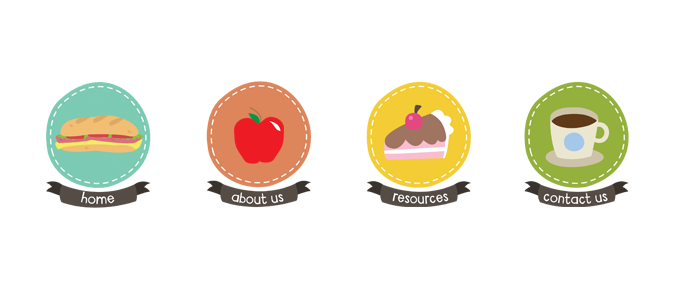
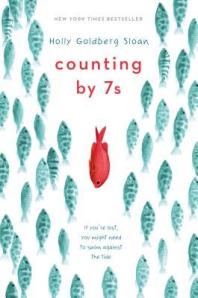
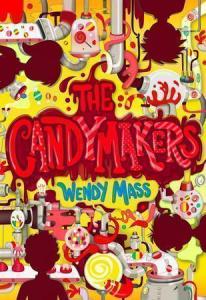
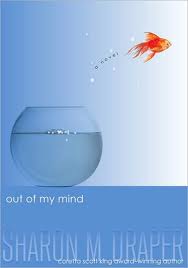
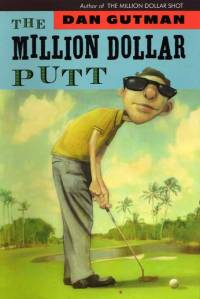
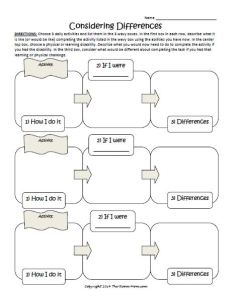
Another book for your list is "Paperboy" by Vince Vawter, it won a Newbery Honor this year. A first person narrative, our protagonist (who is never named, but his initials are VV) is a 12 year old boy who takes on his friend's paper route while his friend is on a one month vacation. Delivering the papers is not the challenge, collecting is because he stutters. It is a great coming of age story as well. My grandson gives it two thumbs up!
ReplyDeleteDebbie,
DeleteThanks for the great suggestion. I put it on my "to read" list (which seems to grow daily).
Caitlin
Wonder is another great title that is very popular right now. Isn't Summer of the Swans also about a child with disabilities?
ReplyDeleteI recently read the Candymakers and loved it. It is long but worth it.
Amy,
DeleteI think Wonder is probably the most widely known book that fits with this topic right now. It is definitely a hot read in classrooms right now (it's in the physical differences books).
Thanks for suggesting Summer of the Swans-- a great addition!
My favorite part of Candymakers is the change in point of view. I was completely surprised by the reveal that happens about halfway through the book (I won't spoil it for people who have not read this GREAT book yet).
Caitlin
What about Rules by Cynthia Lord? Here's Scholastic's description: Twelve-year-old Catherine just wants a normal life. Which is near impossible when you have a brother with autism and a family that revolves around his disability. She's spent years trying to teach David the rules — from "a peach is not a funny-looking apple" to "keep your pants on in public" — in order to stop his embarrassing behaviors. But the summer Catherine meets Jason, a paraplegic boy, and Kristi, the next-door friend she's always wished for, it's her own shocking behavior that turns everything upside down and forces her to ask: What is normal?
ReplyDeleteSomebody else told me about Rules. Good suggestion! I also like Snicker of Magic that you mentioned to me IRL-- I could definitely put that title on the list too.
DeleteI recently read King of the Mound, and that is another terrific book! The main character has paralysis in his leg from polio.
ReplyDeleteMy Name is Brain Brian is a book about a boy with Dyslexia. It is a good book for this age group.
ReplyDelete